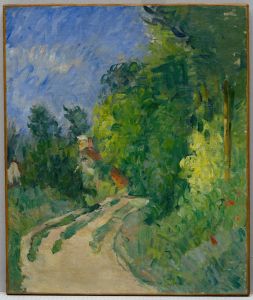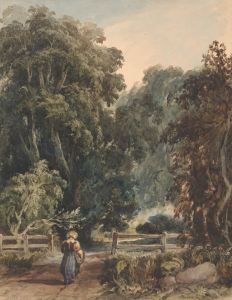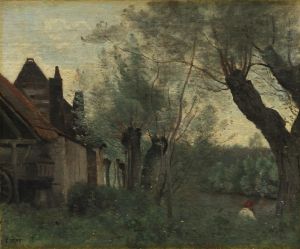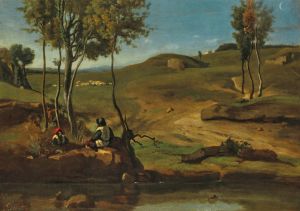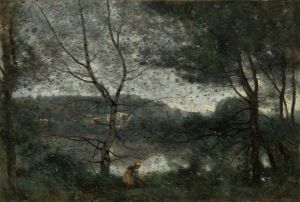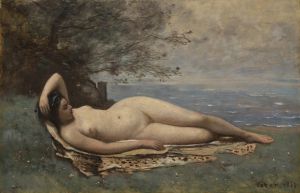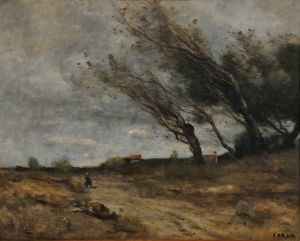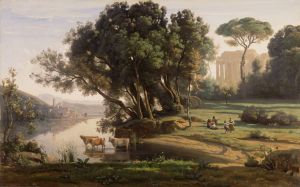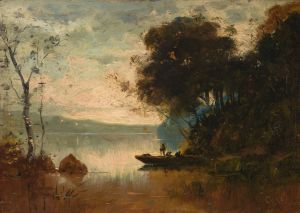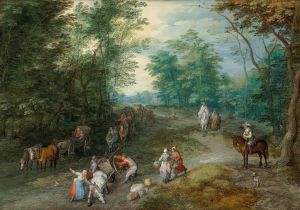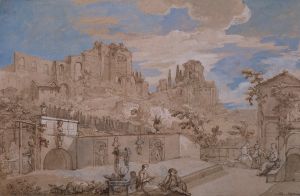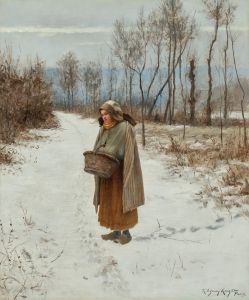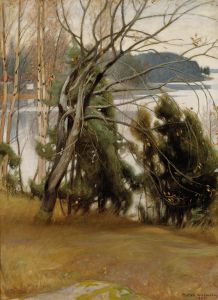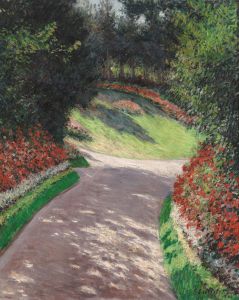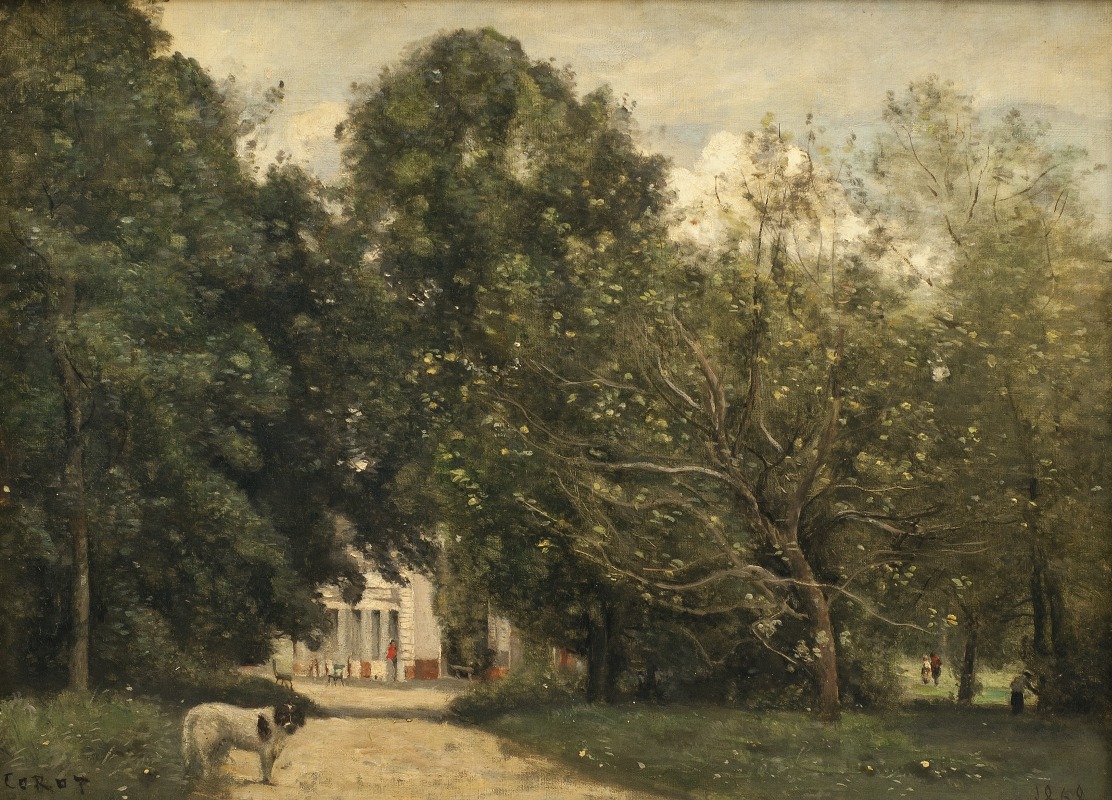
The Entrance to M. Dubuisson’s Villa at Brunoy
A hand-painted replica of Jean-Baptiste-Camille Corot’s masterpiece The Entrance to M. Dubuisson’s Villa at Brunoy, meticulously crafted by professional artists to capture the true essence of the original. Each piece is created with museum-quality canvas and rare mineral pigments, carefully painted by experienced artists with delicate brushstrokes and rich, layered colors to perfectly recreate the texture of the original artwork. Unlike machine-printed reproductions, this hand-painted version brings the painting to life, infused with the artist’s emotions and skill in every stroke. Whether for personal collection or home decoration, it instantly elevates the artistic atmosphere of any space.
Jean-Baptiste-Camille Corot was a pivotal figure in landscape painting during the 19th century and is often associated with the Barbizon School, a movement that emphasized naturalism and the depiction of rural scenes. One of his works, "The Entrance to M. Dubuisson’s Villa at Brunoy," exemplifies his approach to capturing the serene beauty of the natural world.
Corot was known for his ability to blend the classical landscape tradition with the emerging plein air techniques that would later influence the Impressionists. His work often features a delicate balance between detailed observation and a more atmospheric, almost dreamlike quality. This painting is no exception, showcasing Corot's skill in rendering light and shadow to create a tranquil and inviting scene.
"The Entrance to M. Dubuisson’s Villa at Brunoy" depicts a villa entrance, likely belonging to a patron or acquaintance of Corot, set within a lush, verdant landscape. The composition is characterized by its harmonious arrangement of natural elements, such as trees and foliage, which frame the entrance and guide the viewer's eye into the scene. Corot's use of a muted color palette, with soft greens and earth tones, enhances the peaceful ambiance of the setting.
Corot's technique in this painting reflects his mastery of capturing the transient effects of light and atmosphere. The dappled sunlight filtering through the trees creates a play of light and shadow on the ground, adding depth and dimension to the composition. This attention to the subtleties of light is a hallmark of Corot's work and contributes to the overall sense of calm and serenity that pervades the painting.
The villa at Brunoy, as depicted by Corot, serves as a testament to the artist's ability to transform a simple architectural subject into a poetic landscape. The painting invites viewers to pause and appreciate the quiet beauty of the scene, a quality that Corot consistently sought to convey in his work. His landscapes often evoke a sense of timelessness, capturing the essence of a moment in nature that feels both specific and universal.
Corot's influence on later artists, particularly the Impressionists, is well-documented. His approach to painting en plein air and his focus on capturing the effects of light and atmosphere were foundational to the development of Impressionism. Artists such as Claude Monet and Camille Pissarro admired Corot's work and drew inspiration from his techniques and subject matter.
In summary, "The Entrance to M. Dubuisson’s Villa at Brunoy" is a quintessential example of Jean-Baptiste-Camille Corot's landscape painting. Through his masterful use of light, color, and composition, Corot creates a serene and inviting scene that reflects his deep appreciation for the natural world. This painting not only showcases Corot's artistic skill but also highlights his significant contribution to the evolution of landscape painting in the 19th century.





